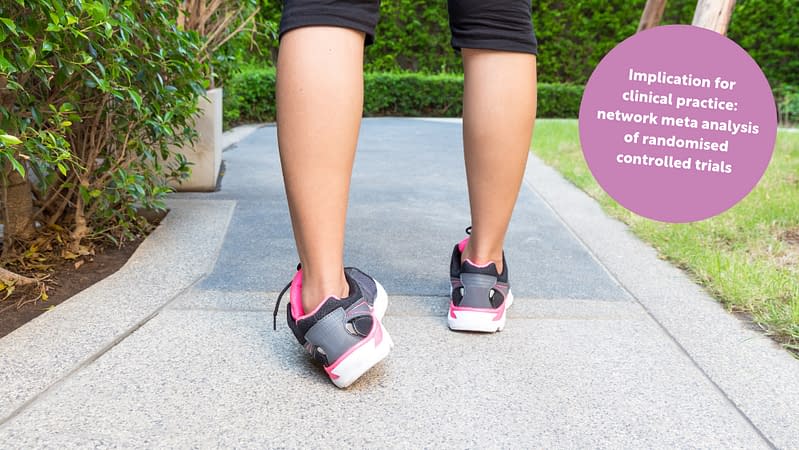Clinical signs that indicate neurogenic claudication include:
- being over 60 years old
- experiencing pain in both legs
- a negative straight-leg test
Context
As degenerative changes identified on imaging may not be associated with symptoms, clinical classification criteria based on patient symptoms and physical examination findings are needed so clinicians can better identify those who are presenting with neurogenic claudication.
Methods
The aim of this study was to develop clinical classification criteria that help identify patients with neurogenic claudication caused by lumbar spine stenosis. This study comprises of two phases.
During phase 1, a list of potential predictors of neurogenic claudication caused by stenosis was conducted by a literature review and then rated by 17 spine specialists (surgeons and non-surgeons) from eight countries.
During phase 2, 19 different clinical spine specialists from five countries identified patients they classified as having either:
1. neurogenic claudication caused by stenosis
2. radicular leg pain caused by lumbar disc herniation
3. non-specific low back pain with radiating (non-radicular) leg pain
Patients completed a survey based on their history and symptoms and the specialists documented examination findings. From this, a clinical classification system was produced.
Results
- The electronic search strategy identified a total of 46 independent predictors related to lumbar spine stenosis.
- Criteria that independently predicted neurogenic claudication included age over 60 years, positive 30-second extension test, negative straight leg test, pain in both legs, leg pain relieved by sitting, and leg pain decreased by leaning forward or flexing the spine.




